Epoxy tables have surged in popularity in recent years, celebrated for their exquisite blend of artistry and functionality. These tables, crafted by infusing epoxy resin with various materials like wood or metal, offer a stunning visual appeal that can elevate any space. If you're considering adding an epoxy table to your home, it's essential to understand the ins and outs of these unique pieces of furniture. In this comprehensive guide, we'll explore everything you need to know before purchasing an epoxy table, from materials and designs to maintenance and more.
1. Understanding Epoxy Tables:Epoxy tables are a form of functional art, where epoxy resin is poured over a surface, often a wooden slab, and allowed to cure. This process creates a glossy, durable finish that enhances the natural beauty of the underlying material while providing a smooth surface. Epoxy tables come in various styles and designs, ranging from sleek and modern to rustic and organic. Understanding the basics of epoxy tables is the first step in making an informed purchase decision.
2. Materials:When it comes to epoxy tables, the quality of materials used can significantly impact the table's appearance and longevity. High-quality materials, such as solid wood and professional-grade epoxy resin, ensure durability and resilience against wear and tear. Pay attention to details like the type of wood used, the thickness of the epoxy coating, and the craftsmanship involved in creating the table. Investing in quality materials upfront can save you time and money in the long run.
3. Design Options:One of the most appealing aspects of epoxy tables is the wide range of design options available. From river tables that mimic flowing water to live edge tables that preserve the natural edge of the wood, there's a design to suit every taste and style. Consider the overall aesthetic of your space and choose a design that complements your existing decor. Whether you prefer a minimalist, modern look or a more rustic, farmhouse vibe, there's an epoxy table to match your preferences.
4. Size and Shape:Before purchasing an epoxy table, it's essential to consider the size and shape of the table in relation to the space where it will be placed. Measure the area carefully and determine how much space you have available for the table. Consider factors like traffic flow and other furniture pieces in the room when selecting the size and shape of the table. Round tables work well in smaller spaces, while rectangular tables are better suited for larger rooms or dining areas.
5. Budget:Epoxy tables come in a wide range of price points, so it's important to establish a budget before you start shopping. Determine how much you're willing to spend on a table and prioritize features that are most important to you. Keep in mind that higher-priced tables often use higher-quality materials and craftsmanship, but there are also affordable options available that offer excellent value for money.
6. Maintenance:Proper maintenance is essential for keeping your epoxy table looking its best for years to come. Follow the manufacturer's care instructions for cleaning and maintenance to ensure the table remains in pristine condition. Avoid placing hot or abrasive objects directly on the surface, as this can cause damage to the epoxy finish. Regularly inspect the table for signs of wear and tear, such as scratches or cracks, and address any issues promptly to prevent further damage.
7. Considerations for Specific Uses:When purchasing an epoxy table, consider how you plan to use it and choose a table that meets your specific needs. If you're buying a dining table, prioritize durability and ease of cleaning. For a coffee table or side table, focus on style and size to ensure it fits seamlessly with your existing furniture. If you're buying a custom-made epoxy table, communicate your specific requirements and preferences to the artisan to ensure you get exactly what you want.
8. Environmental Impact:Consider the environmental impact of the materials used in your epoxy table's construction. Opt for sustainably sourced wood and eco-friendly epoxy resin to minimize your carbon footprint. Supporting artisans and manufacturers who prioritize sustainability and ethical practices is key to making environmentally conscious purchasing decisions.
9. Reviews and Recommendations:Before making a final decision, read reviews and testimonials from other customers who have purchased epoxy tables. Pay attention to feedback about quality, durability, and customer service to ensure you're buying from a reputable seller. Additionally, ask friends, family, or interior designers for recommendations to help narrow down your options.
10. Warranty and Return Policy:Finally, review the warranty and return policy before making a purchase. A warranty provides peace of mind in case of manufacturing defects or damage during shipping, while a flexible return policy allows you to return the table if it doesn't meet your expectations. Be sure to read the fine print and ask questions if anything is unclear before completing your purchase.
Conclusion:Epoxy tables are more than just pieces of furniture; they're statements of style and sophistication. By understanding the different types of epoxy tables, considering design and practical factors, and enhancing your space with personal touches, you can create a truly unique and inviting environment that reflects your individuality and enhances your home decor. Whether you're looking for a statement piece for your living room or a practical dining table for family gatherings, an epoxy table is sure to add beauty and sophistication to any room.

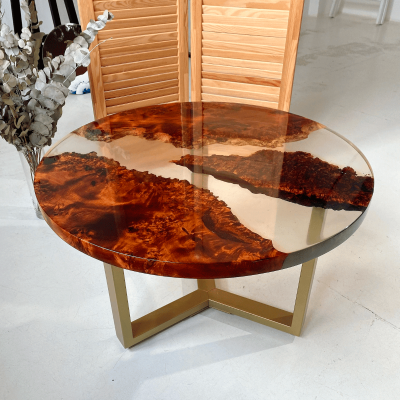
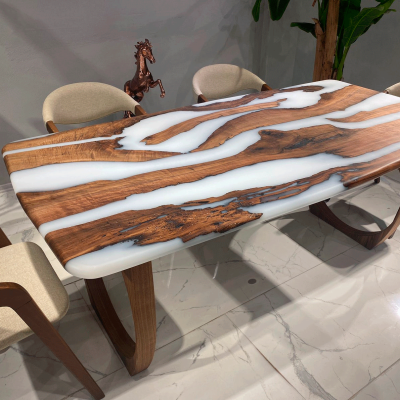

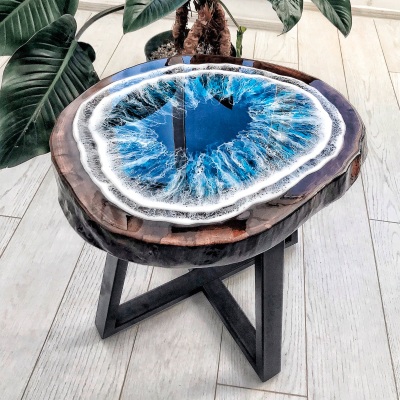
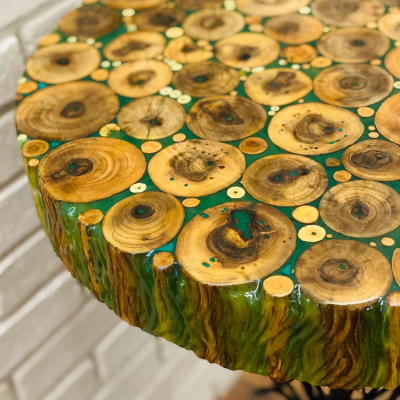



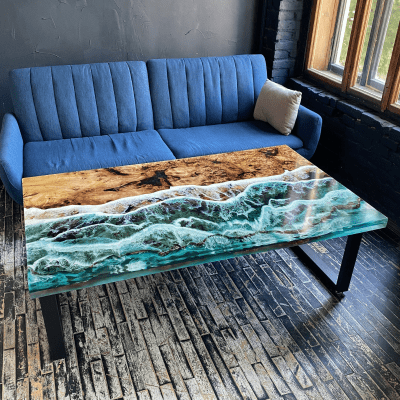

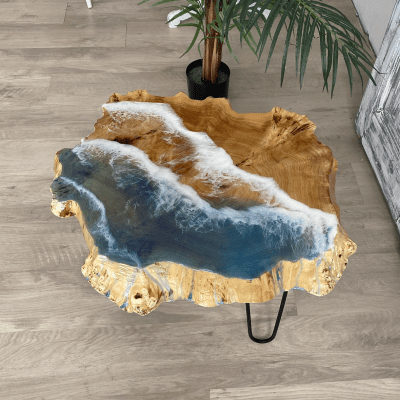
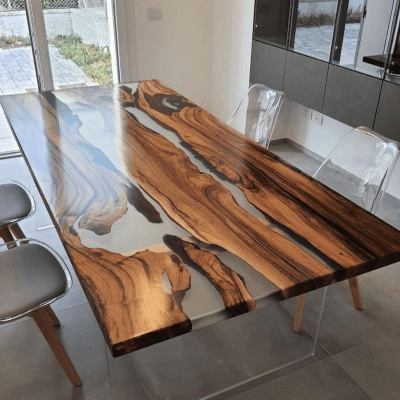
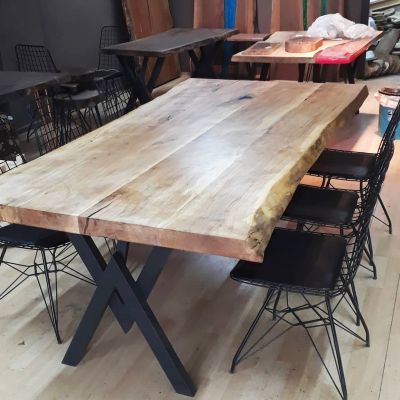
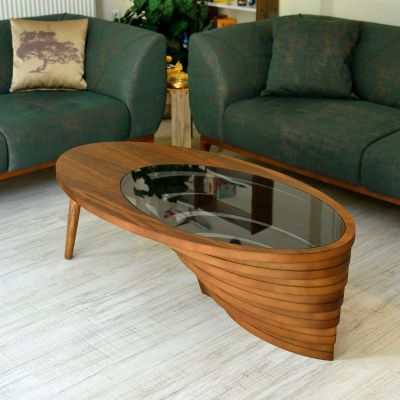
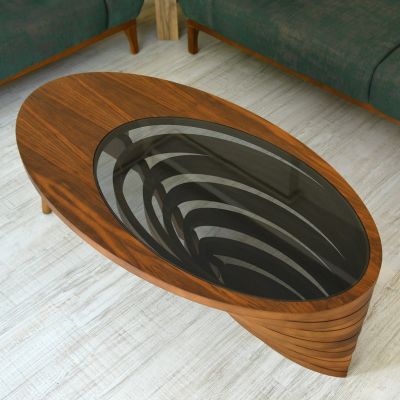

Validate your login
Увійти
Створити новий обліковий запис